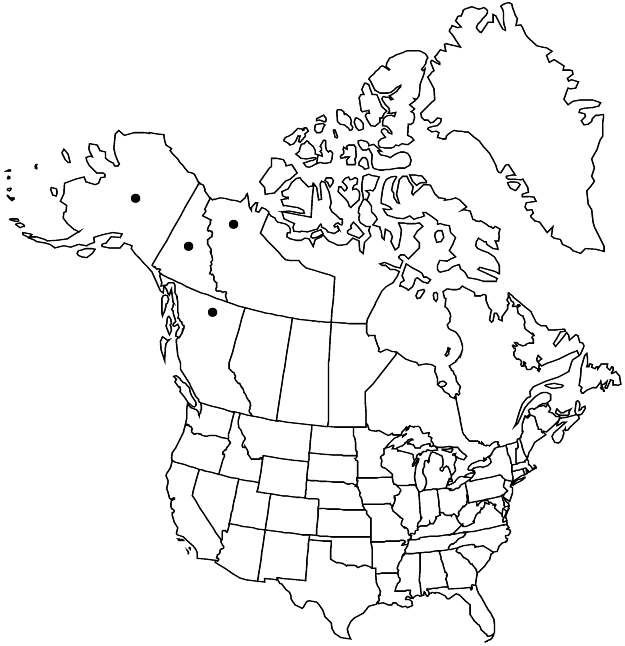Bistorta plumosa
Leafl. Bot. Observ. Crit. 1: 18. 1904.
Plants (8–)10–40(–50) cm; rhizomes contorted. Stems 1(–2). Leaves: ocrea brown, cylindric, 5–40 mm, margins oblique, glabrous; petiole attached to sheath 10–45 mm, unwinged or scarcely winged distally, 30–220 mm; blade lanceolate-elliptic to ovate, 2–12 × 0.5–3 cm, base tapered, rarely truncate, often asymmetric, margins entire, sometimes wavy, apex rounded to acute, abaxial face pubescent with whitish or brownish hairs, glaucous, adaxial face glabrous, not glaucous; cauline leaves 1–3, petiolate proximally, sessile distally, gradually reduced distally, blade triangular-lanceolate to linear. Inflorescences 1, short-cylindric to ovoid, 15–70 × 10–15 mm, bulblets absent; peduncle 1–8 cm. Pedicels ascending or spreading, 2–7 mm. Flowers 1–2 per ocreate fascicle; perianth bright pink or purplish pink; tepals oblong to elliptic, 3–4 mm, apex obtuse to acute; stamens included or exserted; anthers purple to blackish. Achenes brown, 2.5–4 × 1.2–2 mm, shiny, smooth. 2n = 72.
Phenology: Flowering May–Jun.
Habitat: Fields, meadows, arctic and alpine tundra, heathlands
Elevation: 0-2000 m
Distribution

B.C., N.W.T., Yukon, Alaska, e Asia.
Discussion
Leaves of Bistorta plumosa are used as a dietary aid and consumed as a vegetable, and roots are boiled and added to stews by Alaskan Native Americans (D. E. Moerman 1998).
Selected References
None.